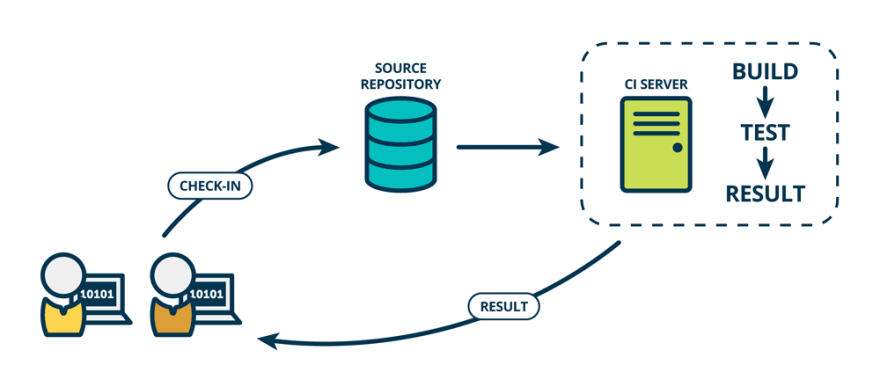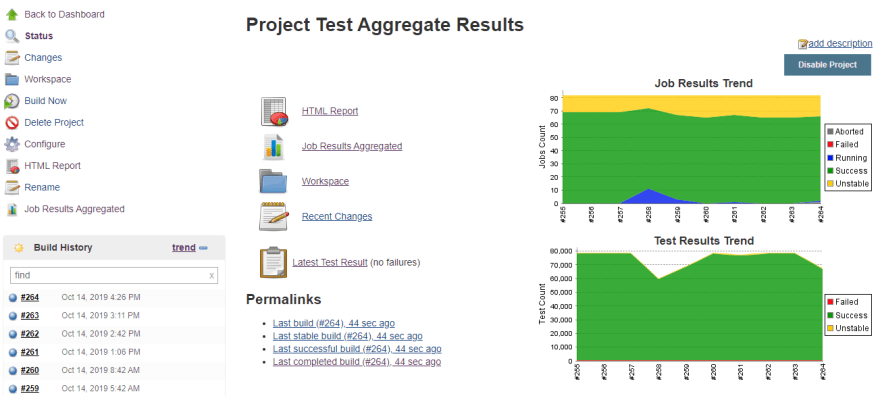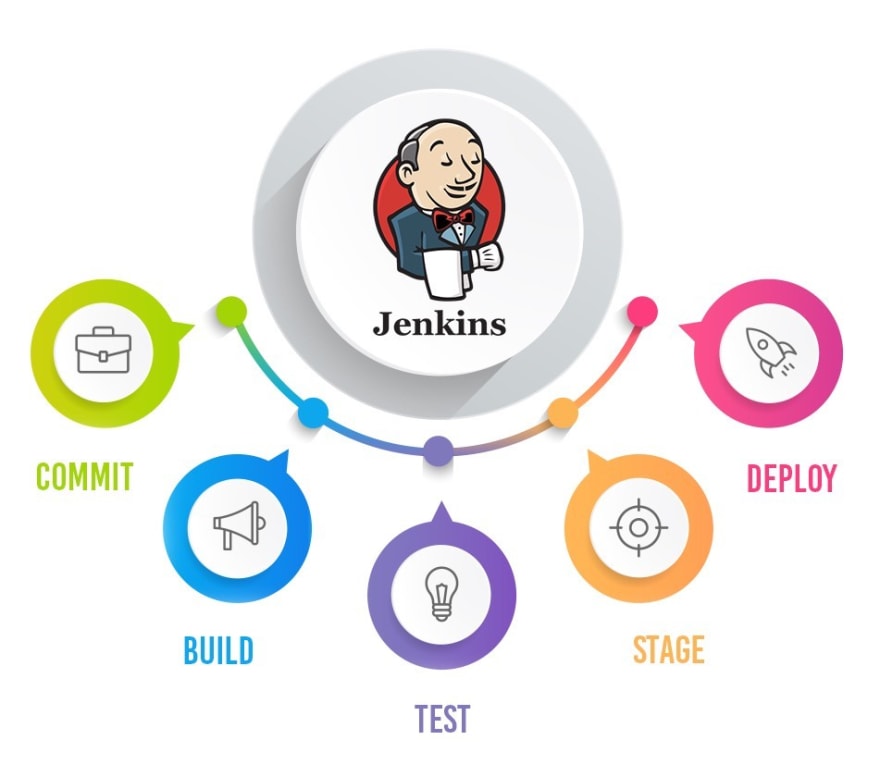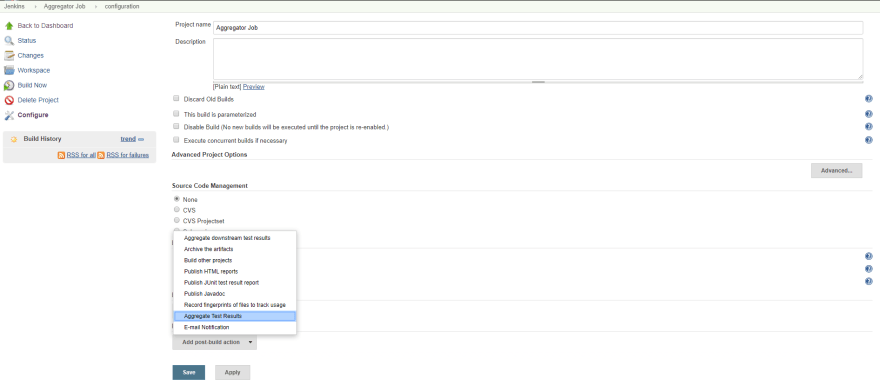With increasing pace of technology it becomes challenging to manage the quality of web applications. It's quickly becoming necessary for enterprises to automate their testing processes. Test automation increases overall software efficiency and ensures robust software quality.
CICD with test automation helps us to determine whether the build is ready, if they can move to the next step of the process or not. Before jumping into the topic, let's have a look at a few major concepts Continuous integration and Continuous deployment.
What is Continuous Integration :

Most of the time software developers, after completing their work they need to integrate those changes with work done by the rest of the team. This process is usually run out and the end process is a conflict that has to be resolved.
Continuous integration is a development methodology, where developers have to integrate their code to a shared repository several times a day . Here every code commit is built and tested but not in a condition to the release. I mean the built application is not automatically deployed on the test server in order to validate against black box testing such as user acceptance testing. It enables developers to find and resolve issues in the early stage of the development process.
What is Continuous Deployment :
Here you are not just creating a deploy-able package, you are actually deploying it in automated fashion. Continuous integration is part of both continuous delivery and continuous deployment and continuous deployment is like continuous delivery except that release happens automatically. But still the question is like whether continuous integration is enough, definitely not. The general idea of continuous delivery that all code pushed into repo should be in a state that can be deployed at any time.
So the knowing up feature is ready normally means, having it as tested to ensure it works as expected. If the feature is not quite ready, then it should be hidden from the end user and have a feature switch. This is known as dark launching most of the time. Once the repo has all its tests passing for code base, it gets automatically deployed to the environment in a single easy state. Having deployment in repeatable condition, it makes them quick and easy. It also allows us to iron out any issues with deployment strategy.
What is Jenkins :
It's an open source CI platform built in java, It has thousands of native integration Jenkins enables developers to build and deploy and automate projects.
How does Jenkins support test automation :
Enables executing automation tests automatically after every build:

Integrating automation tests with Jenkins enables us to execute the automation tests whenever a build is created. Using Jenkins automation tests automatically gets triggered and executed in respective environments, and provides us the test results using which a developer can determine issues on the build easily. Since Jenkins is user friendly, it is easy to configure a job to trigger automated tests.
Schedule tests to run at specific time :
Jenkins provides features to configure to trigger test cases at specific time.
Analyzing the test results :
Jenkins provides test results in the form of graphs as well in a written report. So users can see what results are captured over time which gives more insight. It also allows you to configure to send an email of test results to developers. This gives developers an opportunity to sort out complex issues.

Atlast Jenkins is an amazing CICD tool for your software development and software testing work. The benefits such as high quality documentation, user-friendly, easily configurable and highly customizable make it a favorite tool for software developers and software testers. It is not only a building tool for developers, but also an effective tool for testers. It is capable of implementing CI for developers and implements automated testing as well.





Top comments (0)